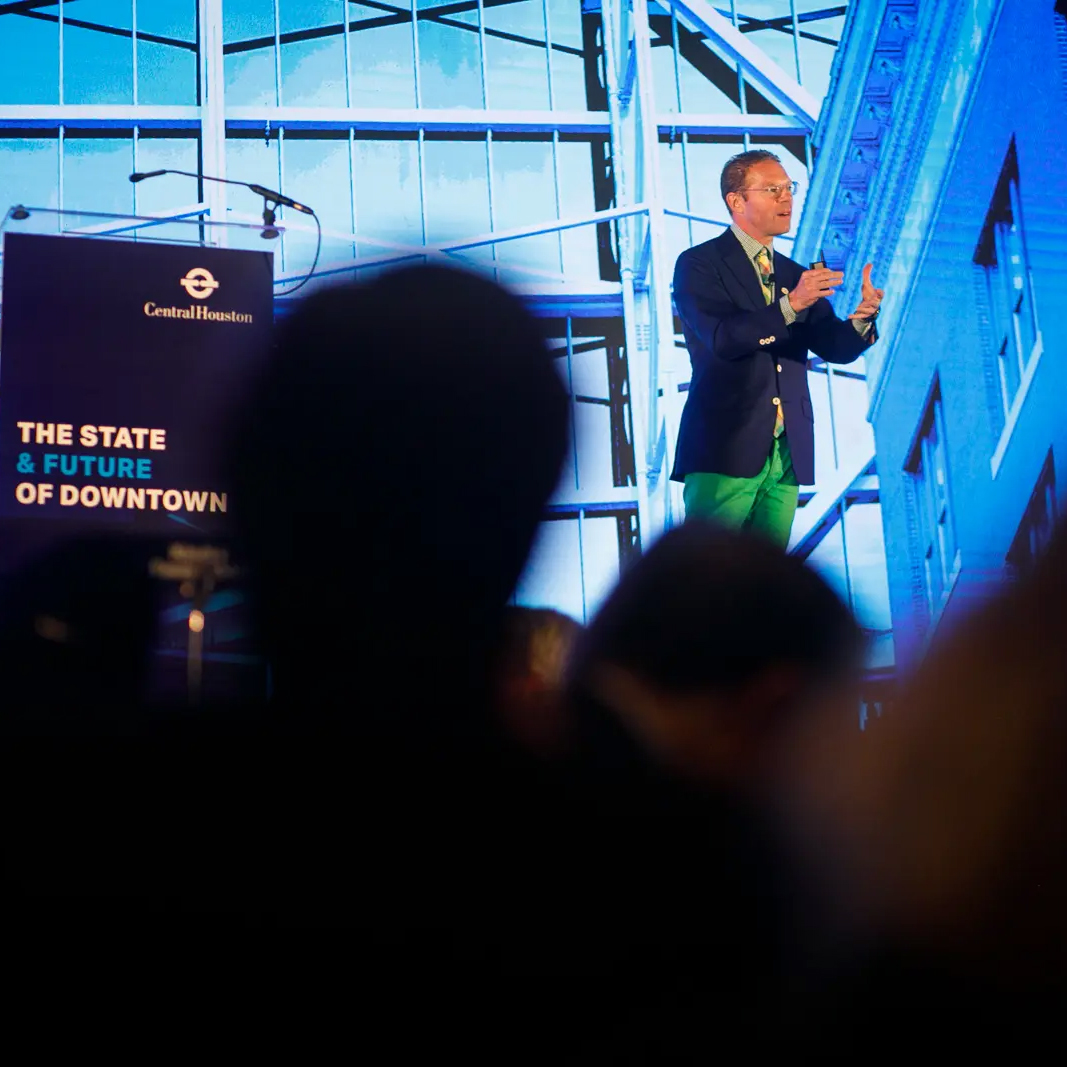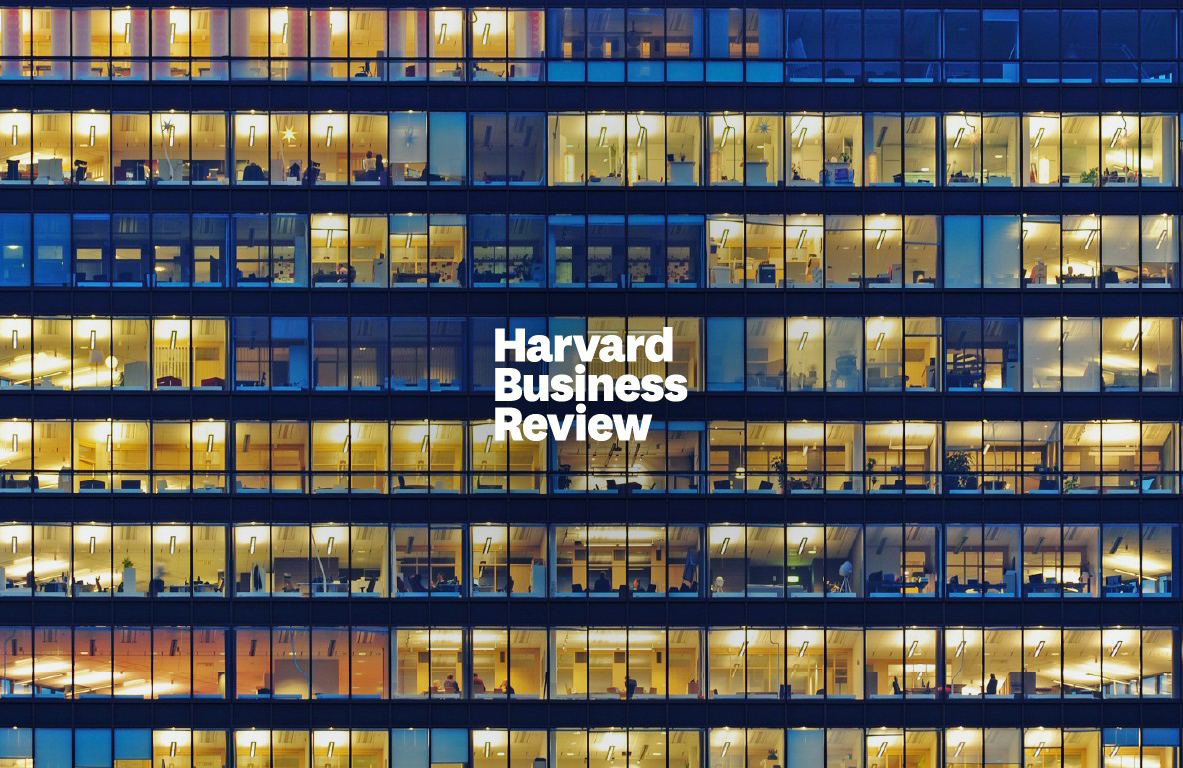GREG LINDSAY
TOPICS
Looking for a speaker who can help you and your organization make sense of the New/Post/Never-Normal?
GREG LINDSAY regularly speaks to the world’s most innovative organizations about the future of cities, climate, work, artificial intelligence, and the future of the future itself.
He speaks to companies (Microsoft, Deloitte, AECOM, Ford, Starbucks), organizations (U.S. Conference of Mayors, Canada Council for the Arts), member associations (ULI, NAHB, NAIOP, SIOR, FIA) and universities (Harvard, Yale, Princeton, NUY, McGill).
Below is a list of his speaking topics. If any pique your interest, email him. After all, there’s no time to think about the future like the present.
He speaks to companies (Microsoft, Deloitte, AECOM, Ford, Starbucks), organizations (U.S. Conference of Mayors, Canada Council for the Arts), member associations (ULI, NAHB, NAIOP, SIOR, FIA) and universities (Harvard, Yale, Princeton, NUY, McGill).
Below is a list of his speaking topics. If any pique your interest, email him. After all, there’s no time to think about the future like the present.
UPCOMING TALKS
DLA PIPER
CHICAGO, IL, USA
5.7.2024
SMART CITY EXPO USA
NEW YORK, NY, USA
5.22.2024
CHICAGO, IL, USA
5.7.2024
SMART CITY EXPO USA
NEW YORK, NY, USA
5.22.2024
CSC
MONTREAL, QC, CANADA
5.23.2024
NAIOP
JERSEY CITY, NJ, USA
6.5.2024
MONTREAL, QC, CANADA
5.23.2024
NAIOP
JERSEY CITY, NJ, USA
6.5.2024
URBAN LAND INSTITUTE
ALBUQUERQUE, NM, USA
10.10.2024
ALBUQUERQUE, NM, USA
10.10.2024
The Way We’ll Live Next
OFFICES ARE EMPTY. Downtowns are dead. The suburbs are Millennials’ future. At least two of these truisms are wrong, but why? Employees may be grudgingly returning to the office, but work-from-anywhere is here to stay. That doesn’t mean the end of the work week, but new ways and patterns of living and working together closer to home, with more flexible real estate and employment to match. That, in turn, means rethinking who and what cities are for.
Forget downtowns versus their suburbs; how can we imagine new uses for old high-rises and new districts to replace dead malls? Because behind the scenes, inflation and technology is quietly turning retail, groceries, and dining inside-out through data, delivery, and automation. And above all looms the threat of climate change and the opportunities of AI and spatial computing to transform the Internet — and the world — as we know it.
Drawing on his research and foresight work for Cornell Tech, Climate Alpha, and MIT’s Future Urban Collectives Lab, Greg Lindsay explores the urban and real estate implications of our never-normal landscape and explains why the future will be less remote and more human than you might think.
Forget downtowns versus their suburbs; how can we imagine new uses for old high-rises and new districts to replace dead malls? Because behind the scenes, inflation and technology is quietly turning retail, groceries, and dining inside-out through data, delivery, and automation. And above all looms the threat of climate change and the opportunities of AI and spatial computing to transform the Internet — and the world — as we know it.
Drawing on his research and foresight work for Cornell Tech, Climate Alpha, and MIT’s Future Urban Collectives Lab, Greg Lindsay explores the urban and real estate implications of our never-normal landscape and explains why the future will be less remote and more human than you might think.

KEYNOTE –
CENTRAL HOUSTON
The Future of Downtowns
REPORT –
NEWCITIES FOUNDATION
The Millennial Dilemma
KEYNOTE –
AECOM GLOBAL
LEADERSHIP
A Century of Cities
Autonomous Everything
THE ROBOTS ARE COMING – not to steal your job, but to invent entirely new ones. Recent advances in artificial intelligence such as OpenAI’s ChatGPT coupled with automation point toward an increasingly autonomous world in which agency and personality is embedded in thinking machines. Autonomy will not only transform how and why we work, but also how we think, discover, decide, and even deceive ourselves.
What we imagine and produce will take strange new twists and turns as AI increasingly predict, suggest and convince us do it. In this wide-ranging and eye-opening talk on the promise and perils of AI, author and futurist Greg Lindsay explores how autonomy is already upending society, and what we can learn from organizations such as NATO, the U.S. military, and the Secret Service about what to do about it.
What we imagine and produce will take strange new twists and turns as AI increasingly predict, suggest and convince us do it. In this wide-ranging and eye-opening talk on the promise and perils of AI, author and futurist Greg Lindsay explores how autonomy is already upending society, and what we can learn from organizations such as NATO, the U.S. military, and the Secret Service about what to do about it.

PANEL MODERATION –
FAST COMPANY
The Age of Principled AI
REPORT –
CORNELL TECH
The Future
of Generative AI
Where Will You Live in 2050?
NEARLY HALF OF AMERICANS were victims of a climate disaster last year – whether fire, floods, heat waves or hurricanes – with insurable losses of more than $100 billion. As people wake up to the realities of climate change – and the growing threat to their homes, livelihoods, and families – many are beginning to ask, “Where should I live someday?”
Fortunately, we have answers.
Combining climate science with demographics and using artificial intelligence, we can predict tomorrow’s more resilient regions. Climate change isn’t just a story about mounting catastrophes, but also opportunity – if we harness the right technologies, policies, and political will to build back better elsewhere. Drawing on his work with the startup Climate Alpha, Greg Lindsay offers cutting edge analysis and maps to explain why and where a warming world may still have shelter for us all.
Fortunately, we have answers.
Combining climate science with demographics and using artificial intelligence, we can predict tomorrow’s more resilient regions. Climate change isn’t just a story about mounting catastrophes, but also opportunity – if we harness the right technologies, policies, and political will to build back better elsewhere. Drawing on his work with the startup Climate Alpha, Greg Lindsay offers cutting edge analysis and maps to explain why and where a warming world may still have shelter for us all.

ESSAY –
BLOOMBERG CITYLAB
The Line Is Blurring
Between Remote Workers
and Tourists
ESSAY – ALPHAGEO
Which Zoomtowns are
Tomorrow’s Boomtown?
How to Work, Together
AFTER TWO YEARS APART, Americans have forgotten how to work together. This is evident in the ongoing tug-of-war over the office. This framing – are we better off alone or in-person? – has dominated debates about our post-pandemic destiny. But neither managers nor workers have stopped to ask what it means to be together, whom we should be together with, and how we can be together.
If the overnight adoption of remote work proved many of us can work from virtually anywhere, with anyone, what’s stopping us from taking it a step further and working with, well, everyone? Because solving the challenges that lie ahead of us on the far side of the pandemic requires working together at a scale greater than any one government or company ever has.
Greg Lindsay explores new ways of being and working together in a world in which corporate silos have cracked open and frustrated employees have spilled out, desperate to reconnect. Drawing upon dozens of post-pandemic examples as well as his own web3 experiments in building a distributed autonomous organization, or DAO, he offers audiences a vision of what it means to be together – how, why, and with whom – very soon.
If the overnight adoption of remote work proved many of us can work from virtually anywhere, with anyone, what’s stopping us from taking it a step further and working with, well, everyone? Because solving the challenges that lie ahead of us on the far side of the pandemic requires working together at a scale greater than any one government or company ever has.
Greg Lindsay explores new ways of being and working together in a world in which corporate silos have cracked open and frustrated employees have spilled out, desperate to reconnect. Drawing upon dozens of post-pandemic examples as well as his own web3 experiments in building a distributed autonomous organization, or DAO, he offers audiences a vision of what it means to be together – how, why, and with whom – very soon.

ARTICLE –
HARVARD BUSINESS REVIEW
Workspaces That
Move People
KEYNOTE –
WORLDWIDE ERC
Global Workforce
Symposium
Where the Robot Meets the Road
A DECADE AGO, self-driving cars were science fiction leftover from The Jetsons. Today, Google and Tesla are leading a breakneck autonomous arms race, as the global auto industry races to build electric AVs at a cost of hundreds of billions of dollars. But a self-driving SUV may prove to be the horseless carriage of autonomy – rapidly eclipsed by new species of self-driving scooters, deliverybots, and buildings with a mind of their own.
How are these technologies transforming the way we see, understand, and get around cities? How did they help China, Japan, and Korea mitigate the worst effects of the coronavirus lockdown? What effects will they have on where we live, work and play, and what are the opportunities and threats for automakers, technology firms, public transit, employers, and developers. Drawing upon his work with BMW, Intel, MIT, Bloomberg Philanthropies, Aspen Institute, and NewCities Foundation, Greg Lindsay offers a tour of future urban mobility and how they promise to transform our cities.
How are these technologies transforming the way we see, understand, and get around cities? How did they help China, Japan, and Korea mitigate the worst effects of the coronavirus lockdown? What effects will they have on where we live, work and play, and what are the opportunities and threats for automakers, technology firms, public transit, employers, and developers. Drawing upon his work with BMW, Intel, MIT, Bloomberg Philanthropies, Aspen Institute, and NewCities Foundation, Greg Lindsay offers a tour of future urban mobility and how they promise to transform our cities.
The Future of the Future
THE FUTURE ISN’T WHAT IT USED TO BE. As the pace of social, technological, and environmental change accelerates, organizations are struggling to make sense of the present, let alone spot threats and opportunities looming just over the horizon. The ability to anticipate, understand, plan for, and innovate around uncertainty has become a critical skill for designers, innovators, and strategists everywhere. As computing pioneer Alan Kay once said, “the best way to predict the future is to invent it.”
Greg Lindsay will teach a crash course in exactly that. The practice of creating futures, or “foresight,” offers a toolkit and framework for detecting signals of change, organizing insights, synthesizing possible futures, identifying potential barriers and opportunities, and designing innovative products, services or ideas that satisfy emerging needs. In addition to lecturing on possible futures, Greg is available to lead participants through a fun, fast-paced workshop in which they create futures of their own.
Greg Lindsay will teach a crash course in exactly that. The practice of creating futures, or “foresight,” offers a toolkit and framework for detecting signals of change, organizing insights, synthesizing possible futures, identifying potential barriers and opportunities, and designing innovative products, services or ideas that satisfy emerging needs. In addition to lecturing on possible futures, Greg is available to lead participants through a fun, fast-paced workshop in which they create futures of their own.
Engineering Serendipity
HOW DO WE BRING THE RIGHT PEOPLE and the right ideas to the right place at the right time to create something new, when we don’t know who or where or when that is, let alone what we’re looking for? This is the paradox of innovation – new ideas don’t follow organizational charts or schedule themselves for meetings.
Greg Lindsay describes how organizations like Google, the U.S. Military Academy, United Health Group, and the International Red Cross are “engineering serendipity.” They’re harnessing sensors, social networks, and new ways of working to break down the boundaries between new teams, discover new ideas, inspire collaboration and creativity, and to spur employee engagement, learning, and innovation. How, where, and who we work with will never be the same.
Greg Lindsay describes how organizations like Google, the U.S. Military Academy, United Health Group, and the International Red Cross are “engineering serendipity.” They’re harnessing sensors, social networks, and new ways of working to break down the boundaries between new teams, discover new ideas, inspire collaboration and creativity, and to spur employee engagement, learning, and innovation. How, where, and who we work with will never be the same.

TALK – RESITE
Planning Cities Around
the Known Unknowns
OP-ED – THE NEW YORK TIMES
Engineering Serendipity

